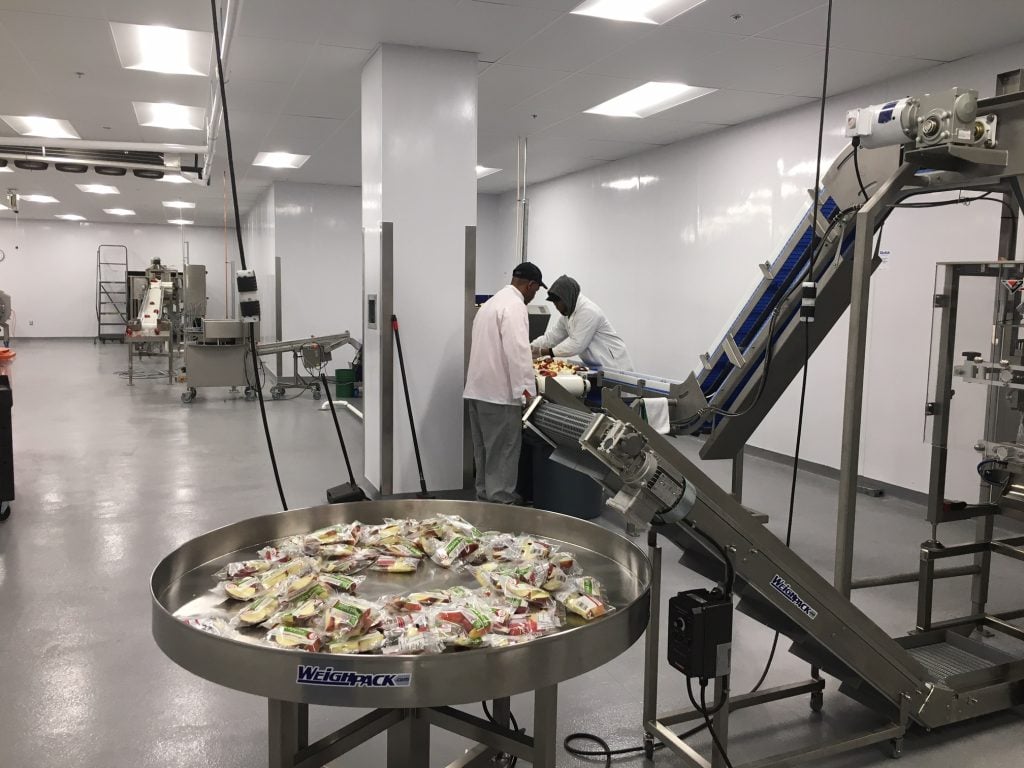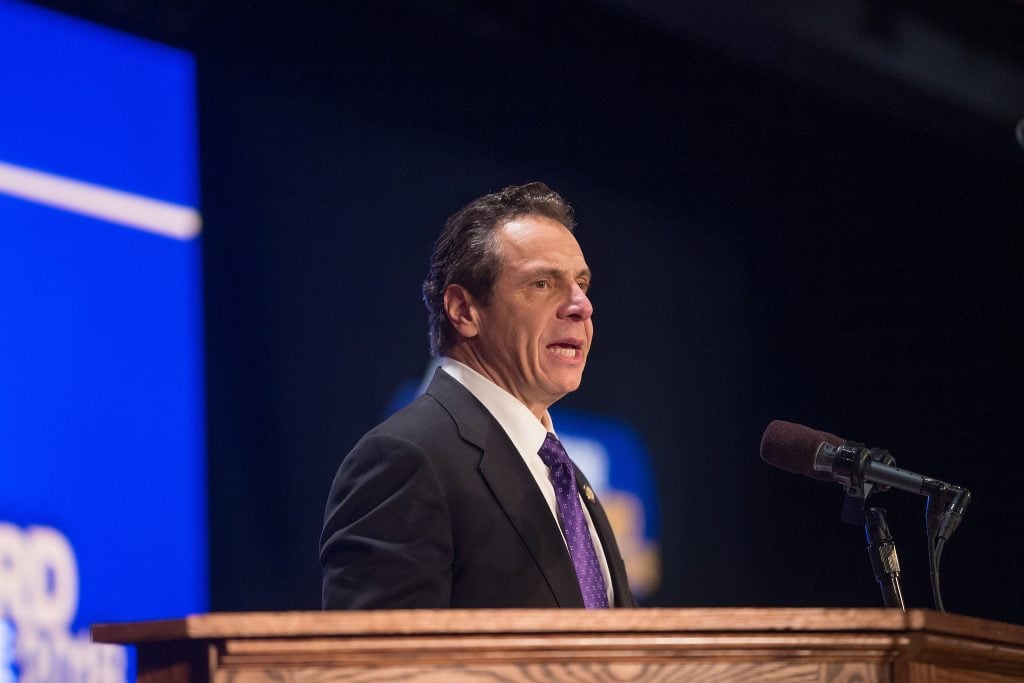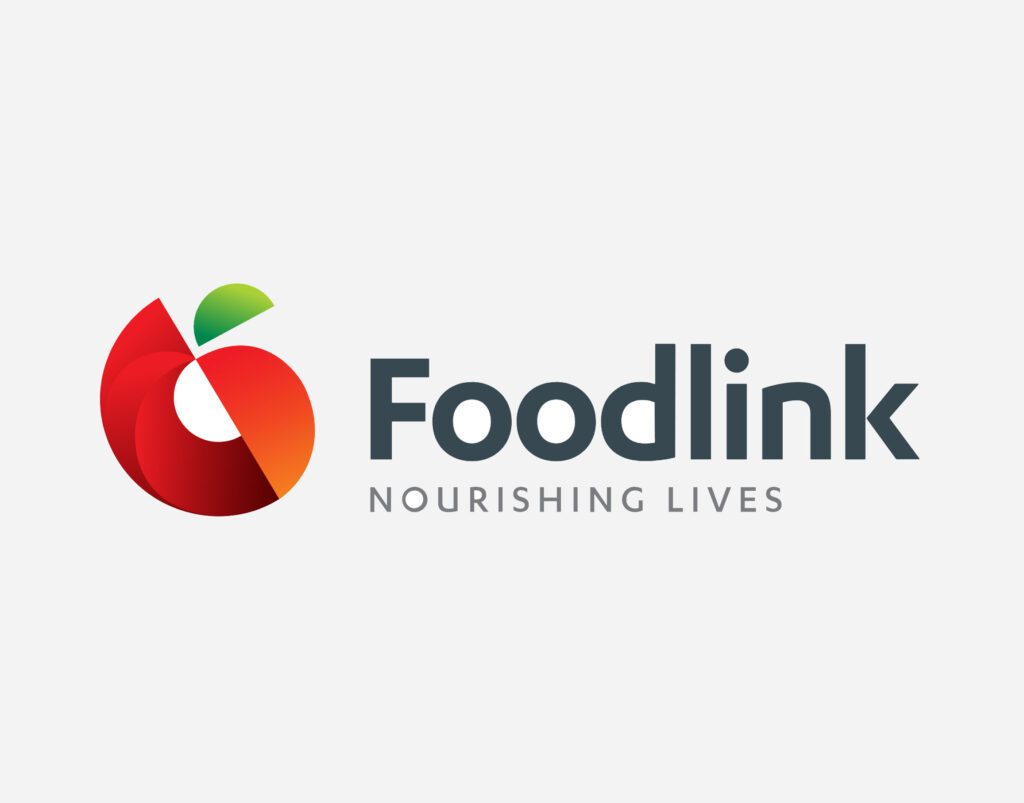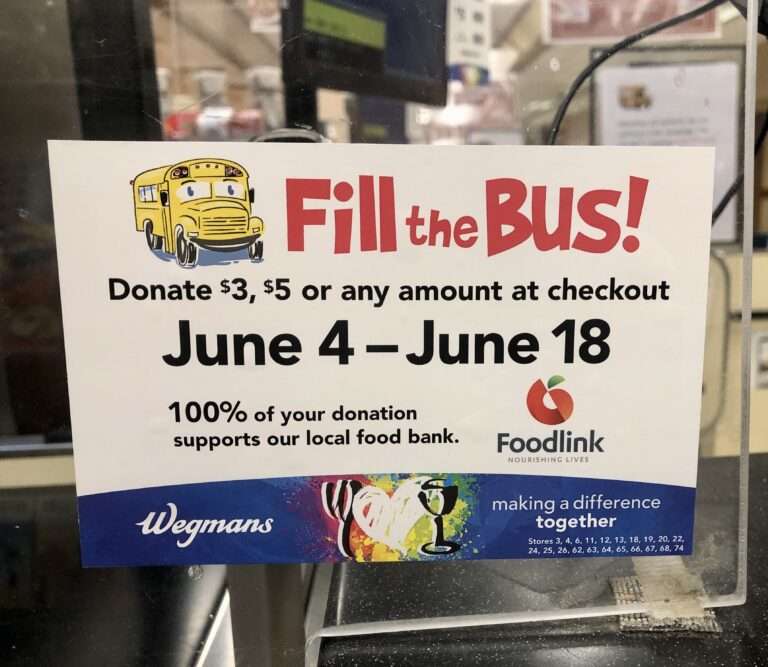
***
Foodlink Executive Director Julia Tedesco released the following statement regarding Gov. Andrew Cuomo’s 2018 State of the State, which includes a proposal for the No Student Goes Hungry Program:
“Foodlink fully supports the governor’s No Student Goes Hungry Program. Proper nutrition plays a fundamental role in the success of all students — from kindergarten through college – and contributes to the health and wealth of our region. We laud the policy changes that address lunch-shaming and expand opportunities for greater school breakfast participation. We are excited to continue our Value-Added Processing initiatives to bring more local products into public schools. In addition, we support Governor Cuomo’s belief that food pantries belong on every CUNY and SUNY campus across the state, and believe that our partnership with MCC can serve as a model for others to replicate.
“Foodlink is eager to collaborate with Governor Cuomo on these programs, and will continue to serve the Rochester community through its many innovative, anti-hunger initiatives.”
***

The No Student Goes Hungry Program is outlined below, and was originally announced Dec. 28, 2017 as the 15th proposal of Cuomo’s 2018 State of the State:
Governor Andrew M. Cuomo today unveiled the 15th proposal of the 2018 State of the State: launch a comprehensive program to provide students of all ages, backgrounds and financial situations access to healthy, locally-sourced meals from kindergarten through college. There are nearly 2.7 million New Yorkers, including almost 1 million children, who do not have consistent access to the food they need to live an active, healthy life. The Governor’s No Student Goes Hungry Program includes investments to expand the Farm to School program, legislation to expand access to free breakfast and put an end to lunch shaming, and policy changes to ensure students in kindergarten through college receive access to farm-fresh foods in a quality learning environment.
“No child should ever go hungry, and by launching the No Student Goes Hungry Program, New York will ensure hundreds of thousands of students of all ages will receive access to free and reduced-price meals,” Governor Cuomo said. “This program is essential to the success of future New York leaders and this administration remains committed to removing barriers to healthy food options, while providing a supportive, effective learning environment for students across this great state.”
Child hunger is often associated with lower grades, higher rates of absenteeism, repeating a grade, and an inability to focus among students, according to the Centers for Disease Control and Prevention. For many children, the National School Lunch Program and School Breakfast Program offer the best opportunity to receive a regular nutritious meal. Yet, while nearly 60 percent of students in New York public schools are currently eligible to receive a free or reduced-price breakfast at school, only 34 percent of these students eat breakfast on any given day, according to the New York State Education Department.
By launching the No Student Goes Hungry Program, the state will provide students in need with locally-grown, quality meals, which will support an improved learning experience for children of all ages.
The Governor’s No Student Goes Hungry five-point plan is as follows:
Ban Lunch Shaming Statewide
Lunch shaming is a disgraceful practice in some schools where children are publicly humiliated in front of their peers by adults for not having money for lunch. In many cases, these students are forced to wear a sticker or bracelet, or have their name called over the loud speaker. In other cases, these students are given alternative, lesser quality lunches, such as a cold cheese sandwich when other students get hot lunches. Other national news reports have reported children simply being denied food if they cannot pay.
The Governor will propose a law that when passed, would immediately end the practice of lunch shaming of any kind. First, it will prohibit any public act to humiliate a student who cannot afford lunch. Second, it will ban alternative lunches and require students to receive the same lunch as others starting in the 2018-19 school year.
Require Breakfast “After the Bell”
High-need schools in New York are required to offer breakfast, but current law allows flexibility when it is offered. Therefore, many offer meals in only a limited time frame, which may be before buses arrive, making it inaccessible for many students.
In order to allow students to have breakfast and to prevent them from going hungry during morning classes, Governor Cuomo will propose requiring schools with more than 70 percent of students eligible for free or reduced-price lunch to provide breakfast after the school day has begun for the next school year. In successful breakfast after the bell programs, schools can either serve breakfast in the classroom, or offer nutritious vending machines options to ensure that students have access to breakfast as they start their day. In the city of Newburgh, where Breakfast After the Bell was implemented during the 2015-16 school year, schools have seen their breakfast participation rates increase by more than 100 percent.
To ease the transition, the state will provide technical assistance and capital funds for equipment such as coolers and vending machines to support breakfast after the bell. An estimated $7 million in capital funds will support expanded breakfast for 1,400 schools.
Expand the Farm to School Program
New York will double the state’s investment in the Farm to School program to support the use of healthy, local, New York foods in school districts across the state. The Farm to School program was created to connect schools with local farmers and offers technical assistance and capacity in the school to source products locally to help schools provide students with nutritious meals from food produced by local farms. Previous rounds of funding for this program have increased access to healthy, farm-fresh food for 324,000 students. This funding can be used for capital costs to support transporting and storing locally produced food, and to hire farm-to-school coordinators and trainings for crops and food preparation.
Governor Cuomo proposes doubling the state’s investment to add an $750,000 for a total of $1.5 million in Farm to School projects. If passed, the program would serve an estimated total of 18 projects and 328,000 additional students, bringing the estimated total number of students served to 652,000.
Increase the Use of Farm-Fresh, Locally Grown Foods at School
Lack of healthy, nutritious food can impair a child’s ability to concentrate and perform well in school. It is also often linked to higher levels of behavioral and emotional problems for children in preschool through adolescence, according to American Academy of Pediatrics. Therefore, incorporation of nutritious, locally grown foods supports healthy eating habits and is critical to the development of children. However, for a variety of reasons, including cost, many school districts are not offering healthier locally-sourced options.
To incentivize school districts to use more local farm-fresh products, Governor Cuomo will propose an increase in the reimbursement schools receive for lunches from the current 5.9 cents per meal to 25 cents per meal for any district that purchases at least 30 percent ingredients from New York farms. This is a win-win for students as well as New York’s local farms.
Require Food Pantries on All SUNY and CUNY Campuses
Hunger on Campus, a report and survey done by several national campus organizations, found that 48 percent of survey respondents experienced food insecurity in the last 30 days. The same report also found that 55 percent of the respondents with food insecurity did not buy a textbook. To ensure consistent healthy food options are available to young adults on college campuses, the Governor will require all SUNY and CUNY schools to either provide physical food pantries on campus, or enable students to receive food through a separate arrangement that is stigma-free. The Governor proposes a $1 million state investment for schools to implement the program.
In 2009, fewer than 10 campus food pantries existed at private and state colleges nationwide, and as of 2017, more than 570 currently exist. Only about half of all SUNY and CUNY campuses have food pantries currently in place. If a campus offers students access to quality, affordable food options through an arrangement with an outside food bank, delivery and distribution must be included.
New York State would be the first state to require every public campus to have a food pantry.





